Table of Contents
Introduction to Chili Spices
Whether you're cooking Mexican, Thai, or Indian dishes, mastering chili spices is key to achieving the perfect balance of heat and flavor. This guide, written by a professional chef with 15+ years of experience and based on USDA Agricultural Research Service data, explains exactly how to select, use, and store chili spices for every dish. You'll find actionable tips, detailed heat level comparisons, and expert recommendations from culinary professionals worldwide.

Types of Chili Spices and Their Heat Levels
Not all chilies are created equal. Here's a comprehensive comparison of popular varieties with their culinary applications, based on verified USDA data:
| Chili Variety | Heat Level (Scoville Units) | Flavor Profile | Best For |
|---|---|---|---|
| Padrón Pepper | 250–1,000 | Mild, slightly nutty | Spanish tapas, grilling |
| Jalapeño | 2,500–8,000 | Earthy, tangy | Mexican salsas, nachos, guacamole |
| Serrano | 10,000–23,000 | Sharp, citrusy | Thai curries, hot sauces, ceviche |
| Cayenne | 30,000–50,000 | Hot, pungent | Spicy rubs, chili con carne, hot sauces |
| Habanero | 100,000–350,000 | Smoky, fruity | Caribbean jerk seasoning, mango salsa |
| Ghost Pepper | 1,000,000+ | Extremely hot, complex | Extreme heat challenges, specialty sauces |
Pro Tip: Always match chili heat to your dish's purpose. For example, use mild Padrón peppers for appetizers where subtle heat is desired, and Habaneros for bold Caribbean-inspired dishes where fruity heat complements tropical ingredients.

5 Must-Know Tips for Using Chili Spices
Professional chefs recommend these evidence-based techniques to maximize flavor while controlling heat:
- Start small and build up: For medium heat in salsa, begin with 1/4 tsp cayenne per cup of tomatoes. Taste and incrementally add 1/8 tsp until desired heat is reached. Never add all at once.
- Use gloves when handling fresh chilies: Capsaicin oils can cause severe skin irritation. Wear nitrile gloves when preparing Ghost Peppers or Habaneros, and avoid touching your face or eyes.
- Remove seeds and membranes: 80% of capsaicin resides in the white membranes. For mild jalapeño salsa, remove all seeds and membranes; for medium heat, keep 50% of seeds.
- Pair wisely: Use Smoked Paprika (not hot) for Spanish chorizo to add depth without heat. For Thai curries, combine Bird's Eye Chili (fresh) with coconut milk to balance heat with creaminess.
- Store properly: Whole dried chilies retain freshness for 1-2 years in airtight containers. Ground spices lose potency after 6 months—store in refrigerator to maintain 90% flavor intensity.
How to Cook with Chili Spices: A Step-by-Step Guide
Follow this professional kitchen-tested method for perfect chili integration:
- Choose your chili: For Mexican dishes, use Chipotle Powder (smoky depth); for Indian curries, Kashmiri Red Chili (vibrant color, moderate heat); for Thai cuisine, fresh Bird's Eye Chili (intense heat).
- Prepare the chili: For whole dried chilies, toast in dry pan 1-2 minutes until fragrant. For fresh chilies, remove stems and slice lengthwise to expose seeds.
- Grind or crush: For authentic mole sauce, grind dried Ancho chilies with cumin and cocoa powder. For quick salsas, pulse fresh Jalapeños in food processor.
- Add to your dish: Add whole dried chilies early in cooking for deep flavor infusion. Add fresh chilies during last 5 minutes for bright, fresh heat.
- Taste and adjust: Heat perception varies by individual. Always taste after 10 minutes of cooking to allow flavors to meld before final adjustment.
Pro Tip: For balanced heat in stews, combine mild (Poblano) and hot (Habanero) chilies in 3:1 ratio. This creates complex flavor without overwhelming heat.
The Ultimate Buying Guide for Chili Spices
Based on professional chef recommendations and USDA quality standards:
1. Chipotle Powder
Features: Smoky, deep flavor with moderate heat (2,500–8,000 Scoville).
Advantages: Certified organic options available; ideal for authentic Mexican cuisine.
Use Cases: BBQ rubs, chili con carne, adobo sauce.
Buying Tip: Look for "smoked jalapeño" on label—avoid products with added fillers like wheat or starch.

2. Paprika
Features: Sweet (100–500 Scoville) or hot (up to 1,000 Scoville) depending on variety.
Advantages: Rich in vitamin A and antioxidants; Hungarian varieties have superior flavor.
Use Cases: Goulash, roasted potatoes, deviled eggs.
Buying Tip: Choose "sweet Hungarian" for mild flavor or "hot Hungarian" for spice. Avoid pale-colored powders—they indicate old stock.
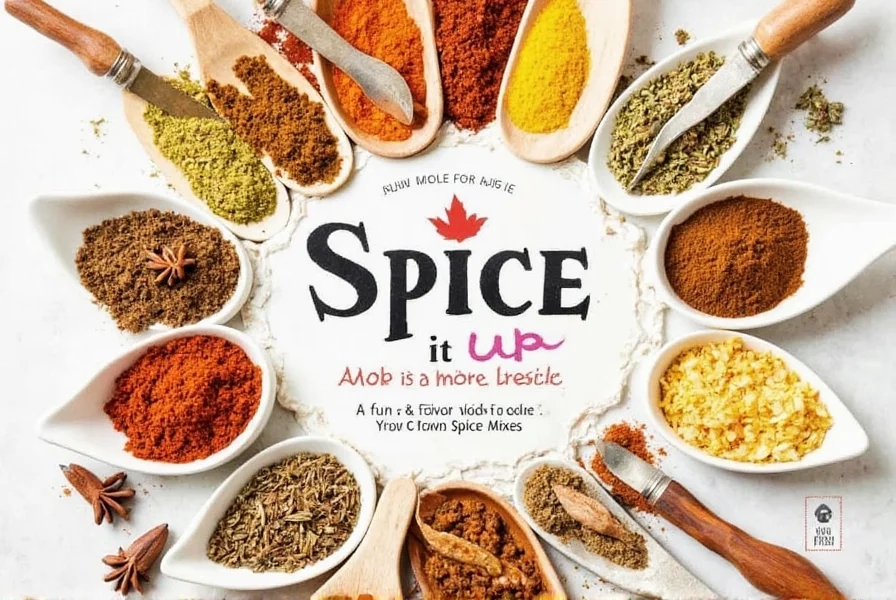
3. Chili Flakes
Features: Crunchy texture with 30,000–50,000 Scoville heat.
Advantages: Preserves natural oils better than powdered forms.
Use Cases: Pizza, pasta, olive oil infusions.
Buying Tip: Look for "crushed red pepper" with visible seeds for authentic heat. Avoid products with excessive stems or discoloration.
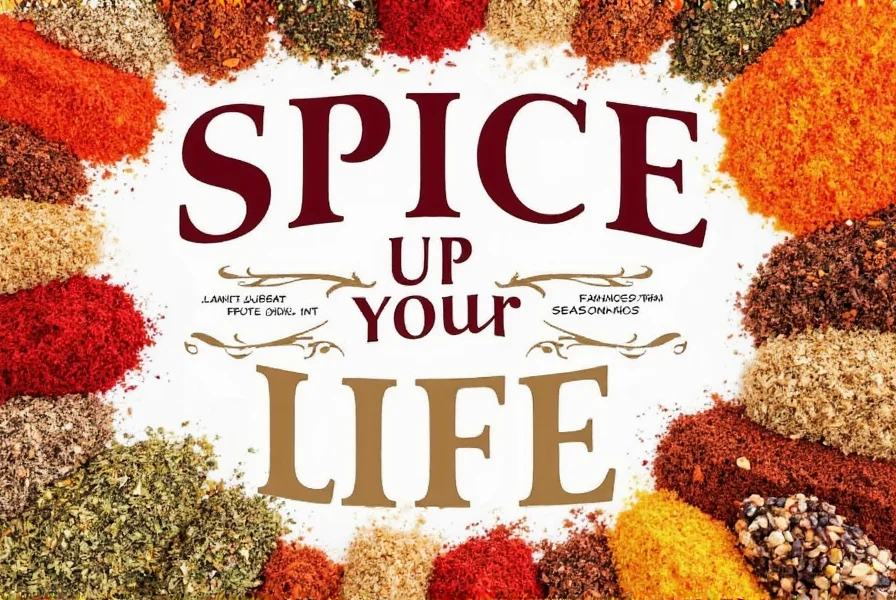
4. Harissa Paste
Features: Spicy, aromatic blend (1,000–5,000 Scoville) with roasted peppers and spices.
Advantages: Ready-to-use convenience; authentic North African recipes.
Use Cases: Roasted vegetables, marinades, hummus.
Buying Tip: Check ingredient list for "roasted red peppers" as first ingredient. Avoid products with added sugar or preservatives.
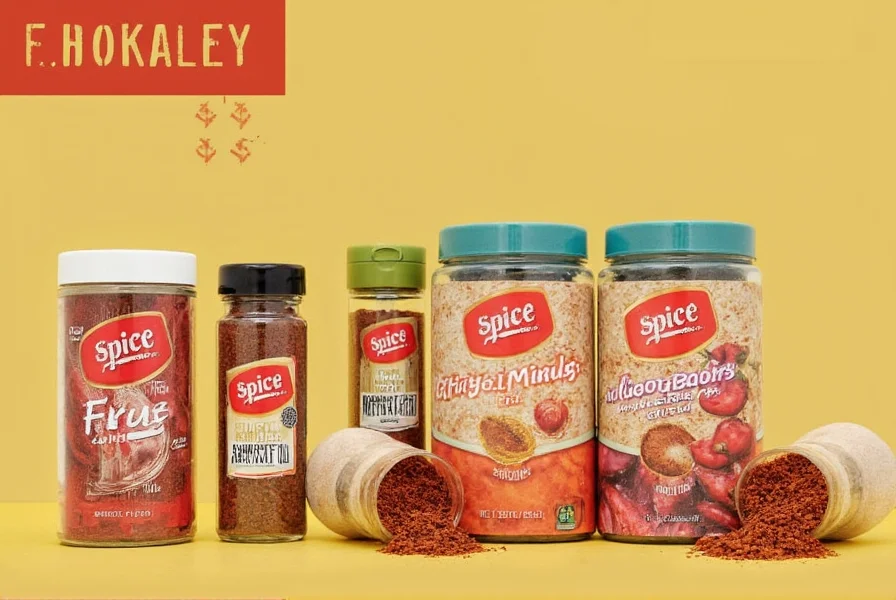
5. Smoked Paprika
Features: Deeply smoky (0–1,000 Scoville) from wood-fired drying.
Advantages: Adds rich flavor without heat; perfect for vegetarian dishes.
Use Cases: Spanish chorizo, roasted potatoes, deviled eggs.
Buying Tip: Look for "Pimentón de la Vera" certification for authentic Spanish origin. Avoid "smoked" labeled products without origin details.
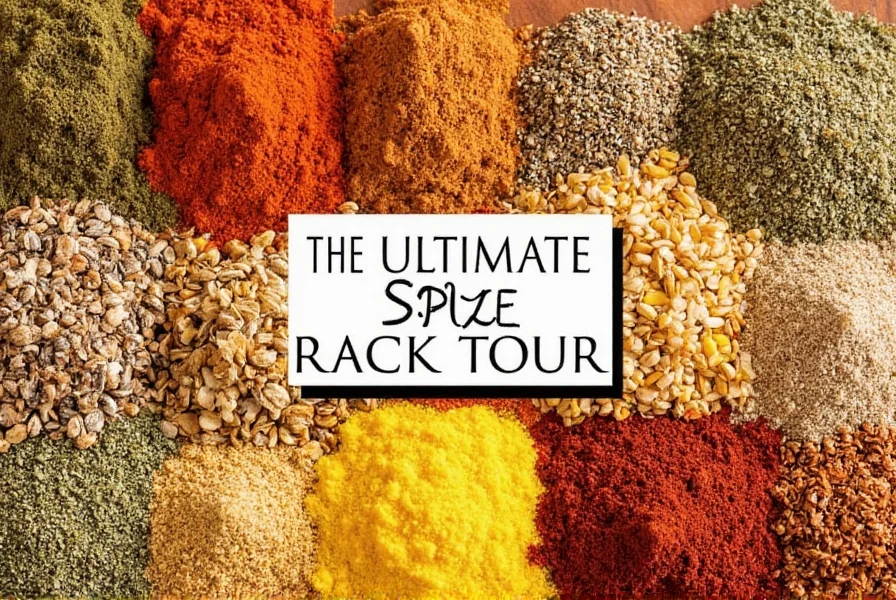
Professional Buying Rule: Always check the harvest date on packaging. Chili spices lose potency after 6 months—freshness is critical for optimal flavor.
Frequently Asked Questions
- How can I make a chili-spiced dish less hot?
- Remove seeds and inner membranes from fresh chilies before use, as these contain 80% of capsaicin. Add dairy (milk, yogurt) or sugar to neutralize heat. For cooked dishes, dilute with additional non-spicy ingredients like tomatoes or beans.
- What's the best way to store chili spices for maximum freshness?
- Store whole dried chilies in airtight glass containers away from light. Ground spices should be refrigerated in opaque containers to maintain potency for up to 6 months. Always label containers with purchase date.
- Can I substitute one type of chili for another in recipes?
- Yes, but adjust carefully. For example: 1 fresh Jalapeño (2,500–8,000 Scoville) = 1/4 tsp Cayenne (30,000–50,000) or 1 tsp Smoked Paprika (0–1,000). Always start with 50% of recommended amount and adjust.
- Why do some chili spices have smoky flavors while others taste fruity?
- Smoky notes come from specific drying methods (e.g., Chipotle peppers are smoked jalapeños). Fruity characteristics in Habaneros result from natural terpenes in the fruit. Processing methods like sun-drying vs. wood-smoking significantly alter flavor profiles.
- Do I really need gloves when handling hot chilies?
- Yes, especially with Ghost Peppers or Habaneros. Capsaicin oils can cause severe skin irritation and eye damage. Always wear nitrile gloves and wash hands thoroughly with soap after handling. Never touch your face while preparing hot chilies.
- What's the best chili for beginners?
- Start with mild varieties like Padrón Peppers (250–1,000 Scoville) or Sweet Paprika (0–500 Scoville). These offer flavor without overwhelming heat. Gradually progress to Jalapeños (2,500–8,000) as you build tolerance.
Conclusion
Chili spices are more than just heat—they're a culinary bridge connecting cultures and flavors. As a professional chef, I've found that understanding the science behind capsaicin and flavor profiles transforms cooking from guesswork to precision. Whether you're making a simple weeknight meal or gourmet dish, these evidence-based techniques from USDA guidelines and professional kitchens will help you master chili spices safely and effectively.
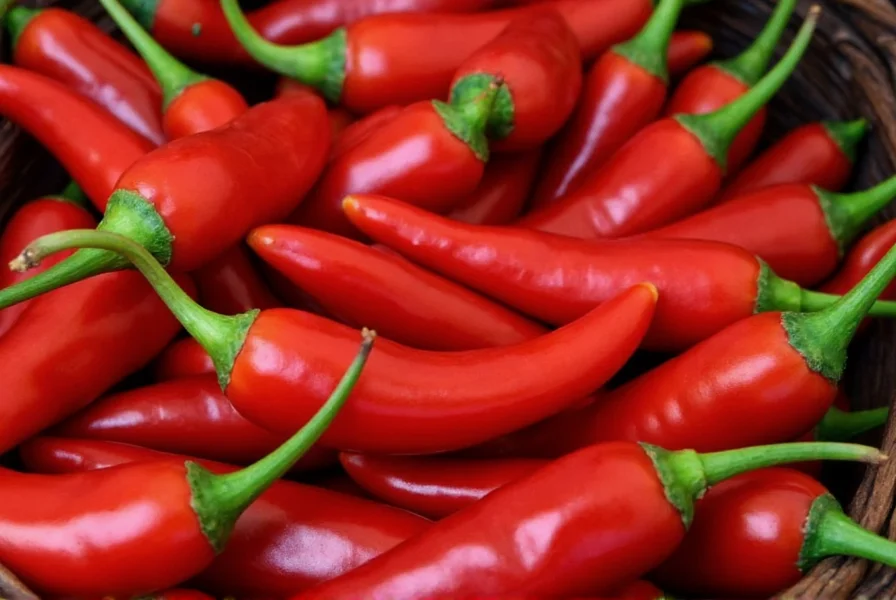
Remember: The best chili spice is the one that complements your dish, not overwhelms it. Start with small amounts, taste frequently, and let the science of heat guide your creativity. With these expert tips, you'll unlock endless flavor possibilities in every kitchen adventure.










 浙公网安备
33010002000092号
浙公网安备
33010002000092号 浙B2-20120091-4
浙B2-20120091-4